I don’t know about you, but I’ve always been fascinated by giant dogs. And if there’s one breed that’s caught my eye since I was a kid, it’s the Great Dane.
That elegant posture, noble gaze, and commanding presence always made me think, “This dog looks like it came straight out of a castle!”
And guess what? He actually did come from nobility.
The story of the Great Dane is just as impressive as the dog itself.
Over time, it went from being a symbol of power and luxury in royal courts to becoming a beloved companion in homes around the world — including mine (or at least, it’s on my dream list!).
Aristocratic Origins of the Gentle Giant
The Great Dane, or Dogue Alemão in Portuguese, has its origins in Europe — specifically in Germany.
But the name “Great Dane” came from French and English breeders in the 18th century. So yes, it’s a German breed with a somewhat Danish-sounding name. Go figure!
This breed became especially popular among European nobility, particularly princes, kings, and barons, who saw the Great Dane as a symbol of strength, elegance, and status.
It wasn’t unusual to see them walking beside royal carriages, appearing in family portraits, or lounging in palace gardens.
Aside from their majestic looks, they were also used in boar hunting, a task that required bravery and stamina — two qualities the Great Dane has in abundance.
A Nickname That Fits: “Apollo of Dogs”
If you’ve never heard this nickname, remember it now: the Great Dane is known as the “Apollo of dogs.” Why? Because, like the Greek god, it represents a rare combination of beauty, strength, and grace.
And honestly, I couldn’t agree more. Every time I see a Great Dane walking down the street, it’s impossible not to stop and stare. They carry themselves like they know they’re royalty.
A Giant with a Heart of Gold
Even though they can weigh over 80 kg (175+ lbs) and stand taller than some people, the Great Dane is an incredibly gentle dog.
They’re often called gentle giants for a reason: calm, affectionate, and deeply attached to their family.
I have a friend who has a Great Dane named Thor. At first glance, he looks like a fierce guard dog. But give it five minutes and you’ll see — he’s just a giant baby who wants belly rubs and snuggles.
And here’s the thing: no matter how big they are, they’ll still try to fit on your lap like a Chihuahua. So, if you’re thinking of getting one, prepare yourself for a lot of love — and very little personal space.
From Palaces to Living Rooms
Today, the Great Dane lives comfortably in homes all over the world. They make wonderful family dogs for people who have enough space and time to give them proper attention.
They’re great with kids, can live peacefully with other pets (if socialized early), and serve as natural watchdogs — more for their size than aggression, which is rare in the breed.
But here’s a heads-up: they do require special care. Their size means they need a proper diet, joint care, and regular vet checkups.
And something not everyone knows: they don’t live as long as smaller breeds — usually between 7 and 10 years. But every year with a Great Dane is like sharing your home with a noble-hearted giant.
Final Thoughts: A Dog Fit for Royalty — and for You
The journey of the Great Dane shows that even though it came from European nobility, it’s perfectly suited for modern families, all without losing an ounce of its elegance or kindness.
To me, it’s the perfect mix of majesty and affection. A dog that impresses you at first sight, but truly wins your heart with everyday moments.
And if you’re thinking of adopting a Great Dane, let me give you a friendly warning: get your heart, your couch, and maybe half your bed ready — because this giant will take over all of it, and you’ll love every second. 😂❤️🐶

